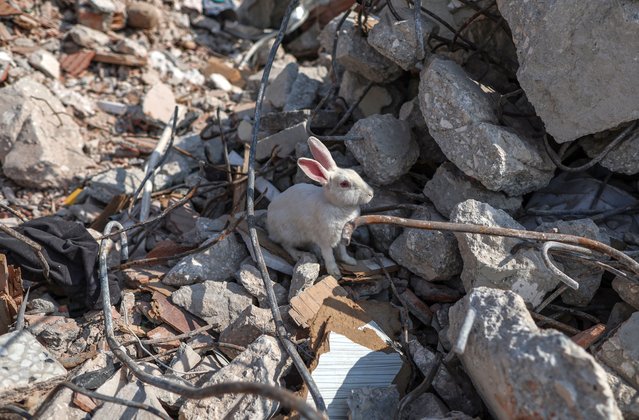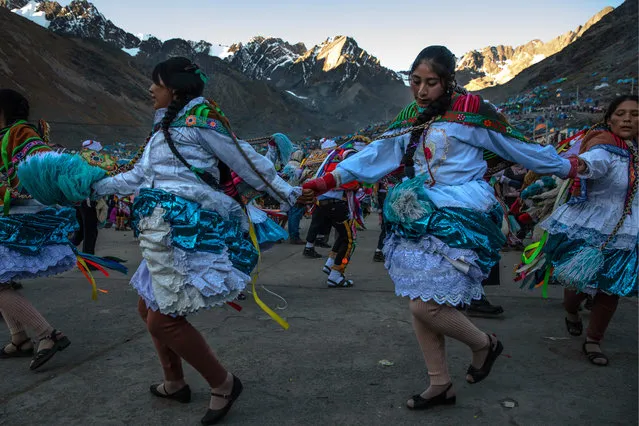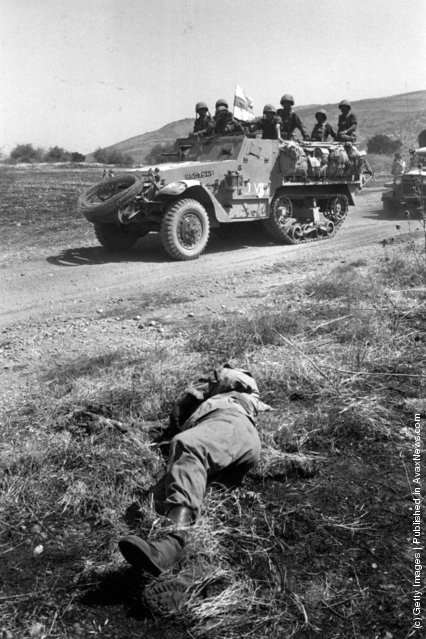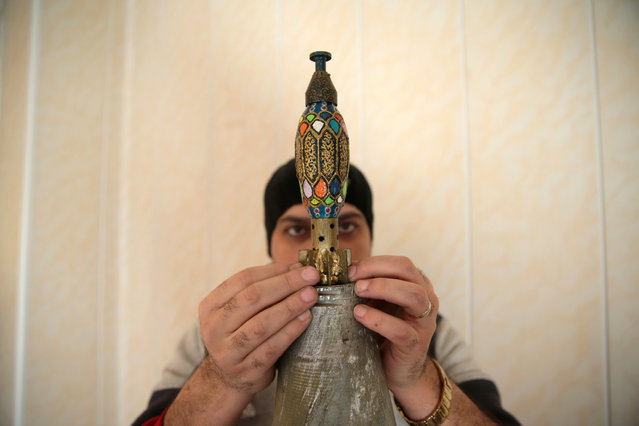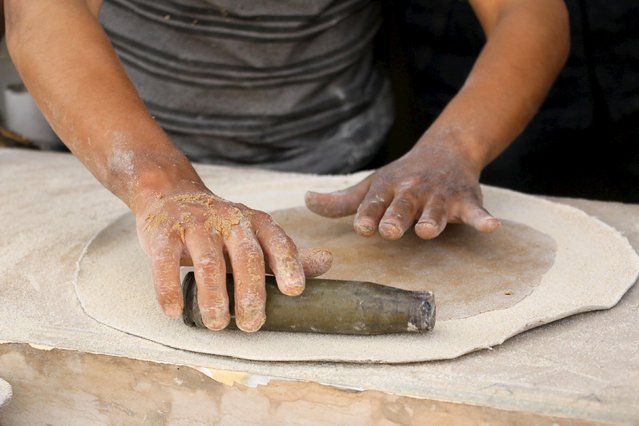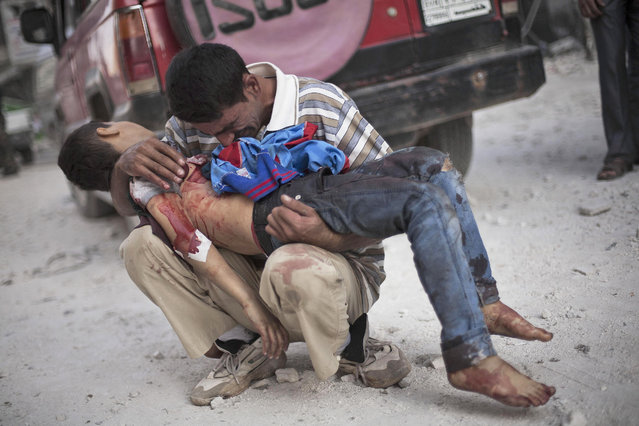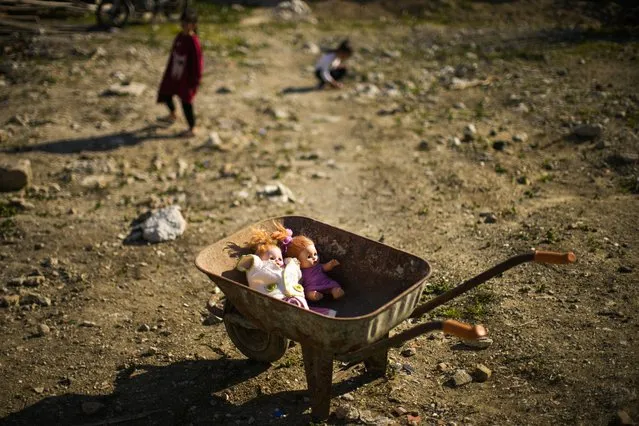
Two young girls play near a makeshift tent where their family stay after the earthquake in Samandag, southern Turkey, Thursday, February 16, 2023. Ever since the Feb. 6 earthquake decimated swaths of Turkey and Syria, survivors have gathered outside destroyed houses and apartments, refusing to leave. (Photo by Francisco Seco/AP Photo)
24 Feb 2023 04:24:00,post received
0 comments

